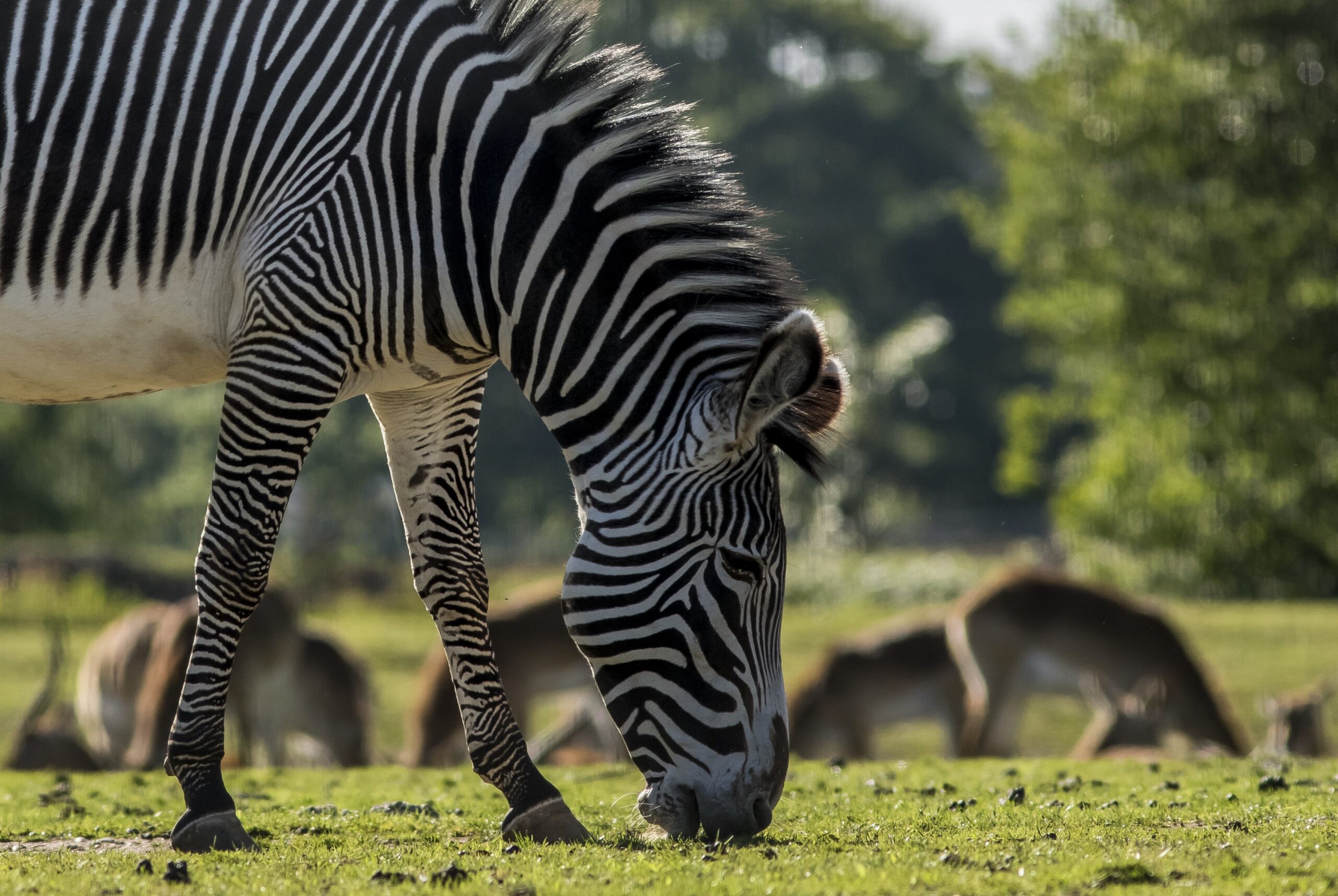Today is Global Tiger Day, an awareness day that was launched during the last Chinese Year of the Tiger (2010), by leaders of the 13 tiger range countries and NGOs working to protect tigers from extinction. Together, these advocates for wild tigers decided that by the next Year of the Tiger (2022), the focus should be to double their global population, which at the time was estimated to be in the region of 3200.
We are still working towards this goal and our partners, WildCats Conservation Alliance, are asking us not to turn our back on wild tigers this Global Tiger Day – a very different Global Tiger Day to this time last year, with the impact of the coronavirus pandemic.
It is possible that the pandemic has had a negative effect on endangered wildlife, with an increase on human conflict, habitat loss and poaching. In addition, we currently have the chance to rethink and rebuild a better world for all, stopping the unsustainable exploitation of wildlife and wild places, investing in green infrastructure, tackling climate change and valuing equality.

WildLife Foundation focus on the conservation of Amur Tigers. To give you an introduction to this incredible animal and their conservation status we present our top 10 Amur Tiger Facts:
- Amur tigers are one of the larger-sized sub-populations of tiger. The average weight for males is 160-190 kg, while females are smaller, at 110-130 kg.
- Their coat colour is lighter than all other sub-populations and it becomes even more so in winter.
- Amur tigers mainly live in the Russian Far East, with a small number ranging across the border into China and possibly North Korea. They are the only subspecies that have adapted to live in the harsh, cold northern climate.
- They were previously named the Siberian tiger – their name change came about as their range dwindled to only the eastern Amur region of Siberia.
- Amur tigers’ main prey species are ungulates – wild boar, sika deer and red deer. As apex predators (at the top of the food chain) they control populations and help to balance the biodiversity of the area they live in.
- A hungry tiger can eat as much as 60 pounds (27 kilograms) in one night.
- The Amur Tiger was near to extinction in the 1940s, with fewer than 50 individuals left in the wild.
- It is now thought that there are around 500 Amur tigers left in the wild, they are considered critically endangered.
- The main threats to Amur Tigers are conflict situations, habitat loss and poaching.
- Breeding programmes, conservation projects and anti-poaching legislation are crucial to the continued improvement of Amur Tiger population levels.
If you would like to donate to WildLife Foundation and help continue to fund Amur Tiger conservation and research, please click the button below:











